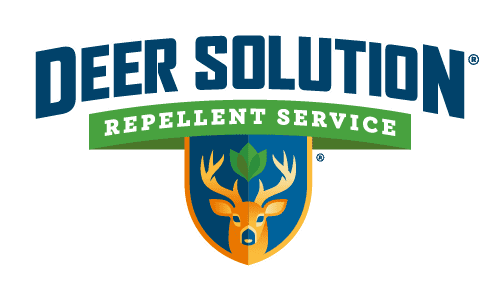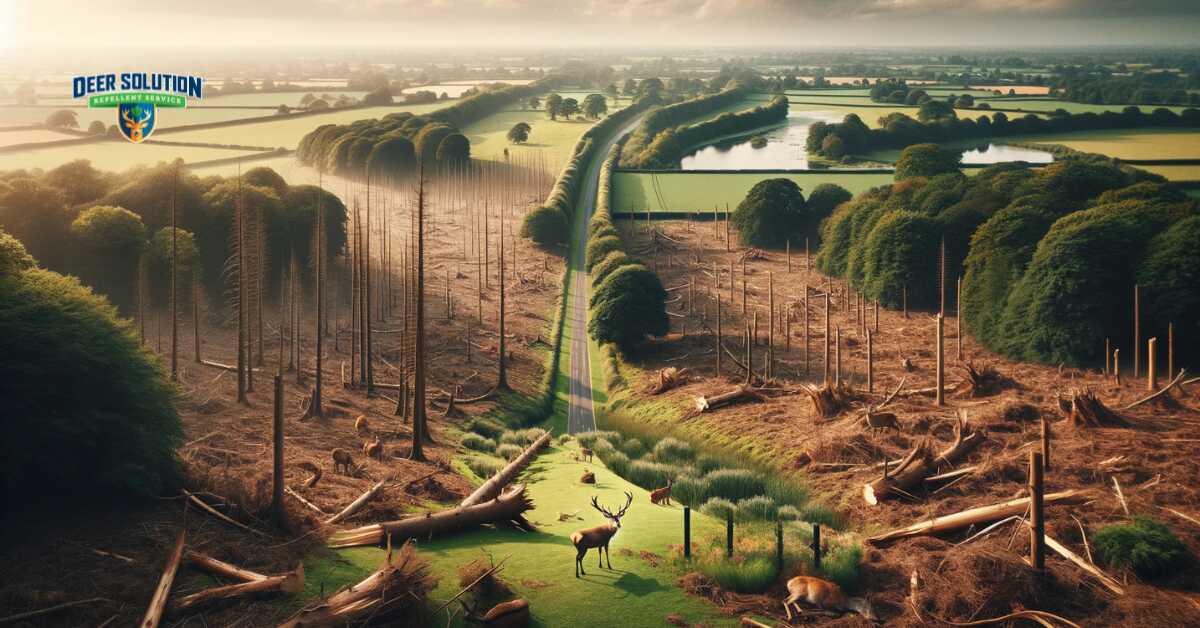Amidst the rolling hills and serene landscapes of Litchfield County, Connecticut, homeowners are facing a growing challenge that is disrupting their vision of idyllic front yard landscaping – the increasing deer population.
This situation, with uncanny similarities to the New Jersey deer scenario, is not just a battle over green spaces but a reflection of deeper ecological and community concerns.
The Aesthetic and Ecological Challenge
In Litchfield County, as in parts of New Jersey, residents take pride in their lush, carefully manicured gardens. However, the intrusion of deer into these spaces has become a significant problem.
Deer, drawn to the diverse flora, often causes extensive damage to shrubs, flowers, and trees, undermining the aesthetic appeal and ecological balance of these cultivated areas.
Deer Behavior and Its Impact
Deer typically forage for food at dawn and dusk, and their feeding habits can be particularly destructive to residential gardens. They are known to favor certain plants and shrubs, leaving a trail of uneven and damaged vegetation.
This not only affects the beauty of the gardens but can also lead to an imbalance in the local flora.
The Comparison with New Jersey Deer
The deer issue in Litchfield County is not unique. Across state lines in New Jersey, similar challenges are being faced.
In both regions, the overpopulation of deer has become a subject of concern for homeowners, garden enthusiasts, and ecologists alike. The shared experiences of these neighboring communities highlight the broader regional impact of wildlife on suburban and rural landscapes.
Addressing the Deer Problem
Efforts to manage the deer population and mitigate the damage in Litchfield County have included community discussions, public awareness campaigns, and exploring wildlife management strategies. These approaches aim to control the deer population while ensuring the humane treatment of these animals.
The Role of Local Authorities and Organizations
Local authorities and environmental organizations are involved in devising strategies to manage the deer problem. This includes educating the public about the ecological role of deer, the importance of biodiversity, and promoting deer-resistant landscaping practices.
Long-term Solutions and Strategies
Looking forward, the focus is on sustainable solutions that balance the needs of homeowners with ecological considerations. Strategies such as planting deer-resistant vegetation, employing non-invasive deterrents, and community-based wildlife management programs are being explored.
Collaborative Efforts for a Sustainable Future
The solution to the deer problem in Litchfield County, as demonstrated by efforts in New Jersey, lies in collaboration. Homeowners, environmentalists, local authorities, and wildlife experts must work together to develop strategies that address the immediate concerns while also considering the long-term ecological impact.
The deer-landscaping conflict in Litchfield County is a complex issue that requires a balanced and thoughtful approach. It is a challenge that calls for community involvement, ecological awareness, and sustainable practices to ensure that the beauty of the county’s landscapes can coexist with its natural wildlife.










